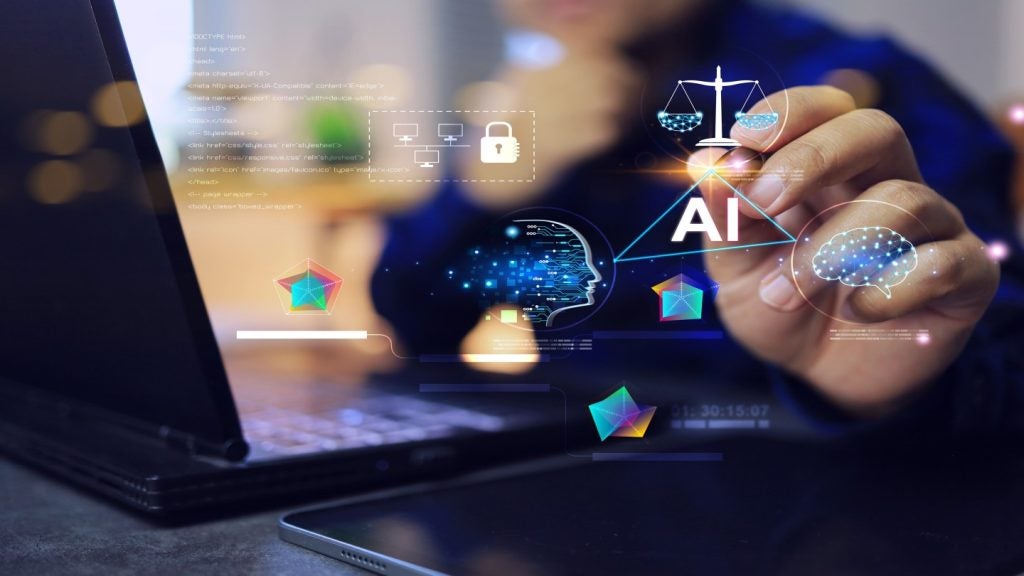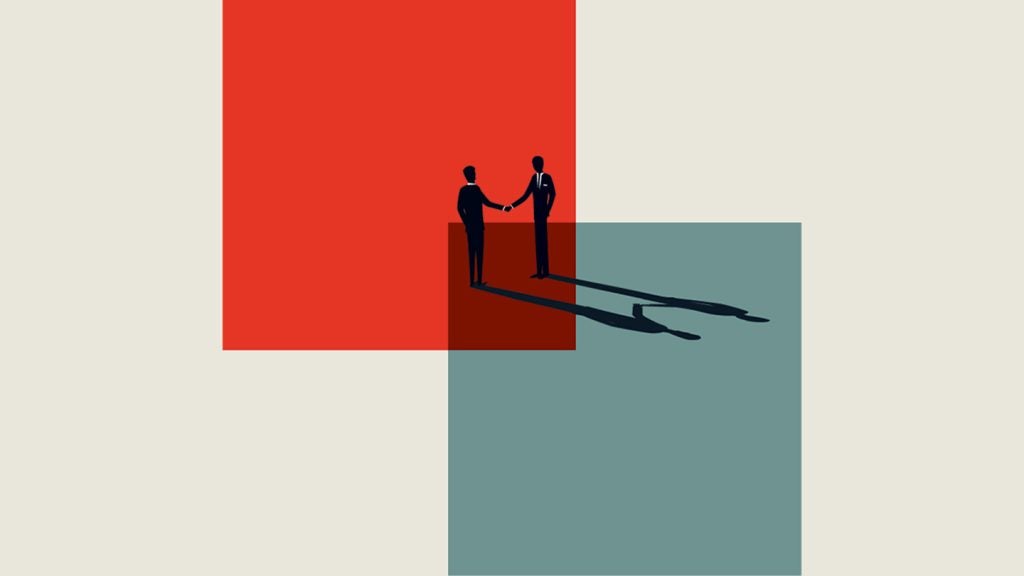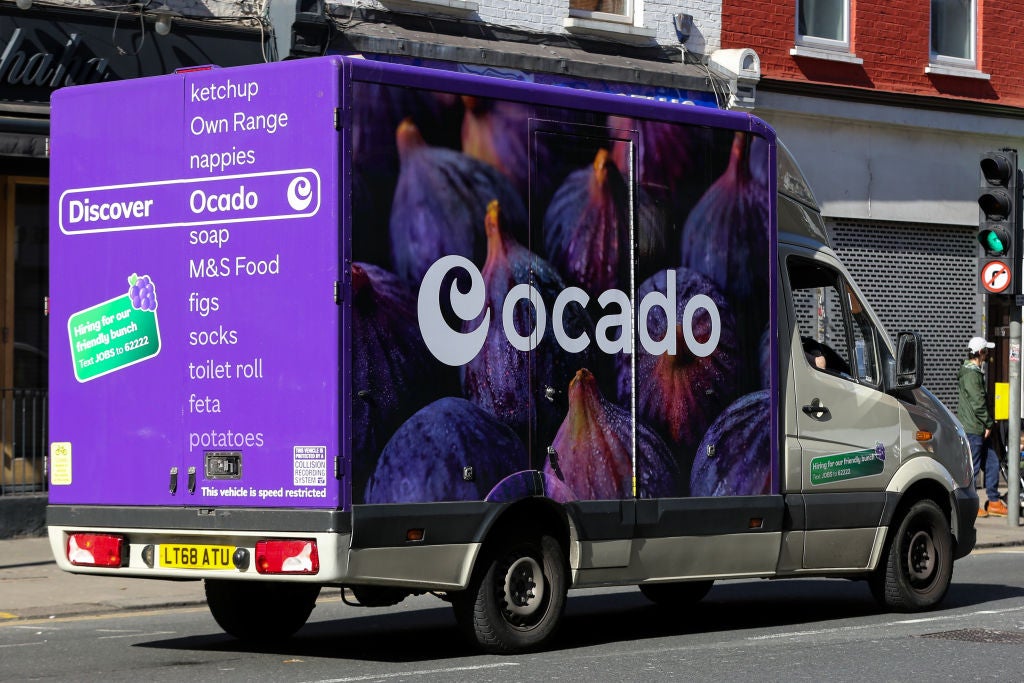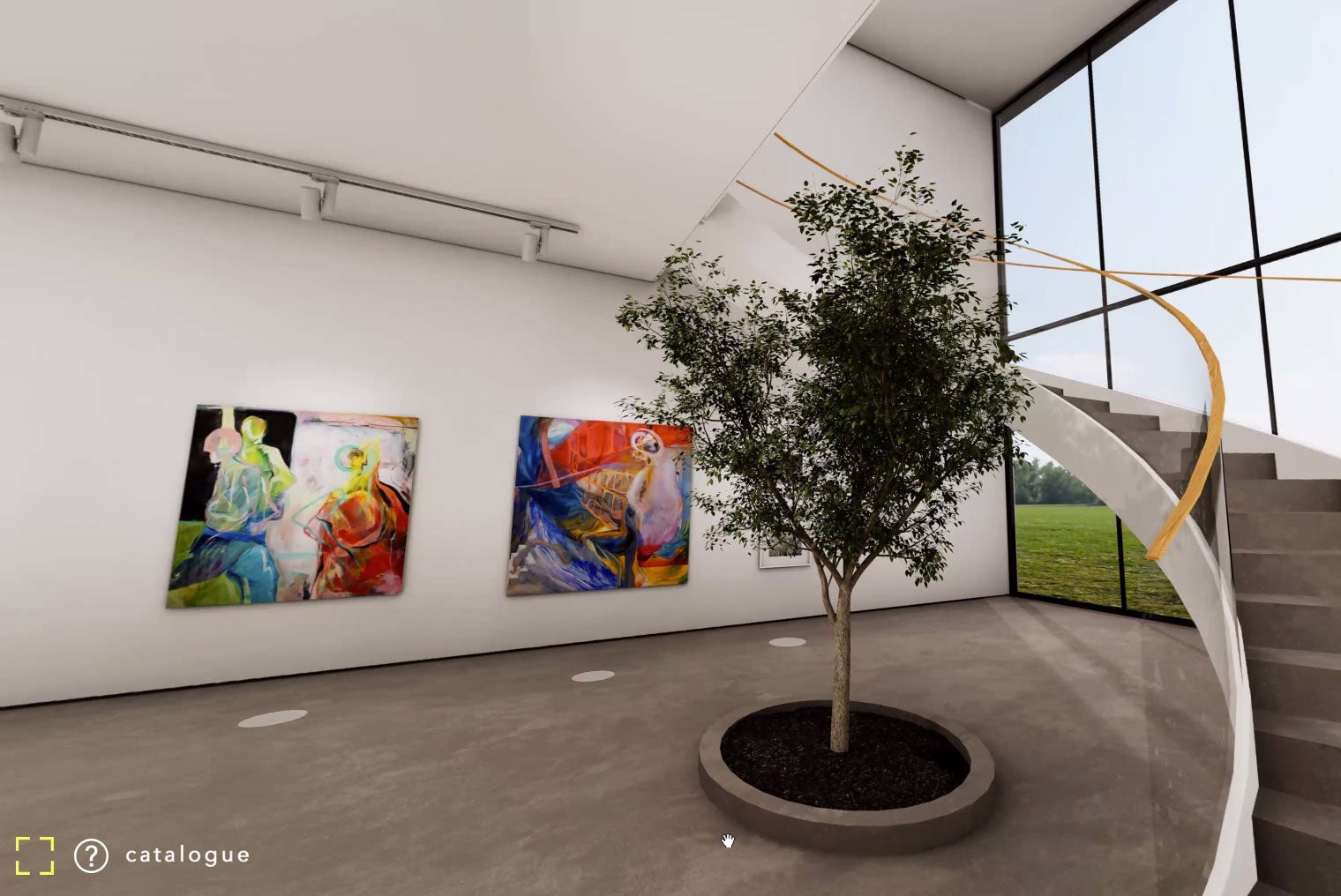
Kovet.Art combines an incubator that provides new artists with representation, a real and virtual gallery for art enthusiasts and collectors and an artistic community.
Technologies including virtual reality (VR) and blockchain are ingrained in its DNA, much like founder Saraswati ‘Saras’ Rachupalli, whose grandfather was P T Reddy, an artist who played a significant role in the introduction of the European modern art movement to India, but whose own career began in coding. The democratisation of art is a key aim of Kovet.Art, which was celebrated as One To Watch on the Createch stage at this week’s CogX festival, which coincided with its launch.
Rachupalli says Kovet.Art was founded after she discovered emerging artists who graduate out of leading universities in the UK don’t have enough support from the ecosystem.
“Gallery representation becomes incredibly tough at the same time agencies are quite stifling in terms of the market and where they can exhibit and what they can do with their practice,” she says. “We provide the expertise of a blue-chip gallery for the artists while removing the constraints that come with an agency model and provide them that the kind of support through mentorship and guidance.”
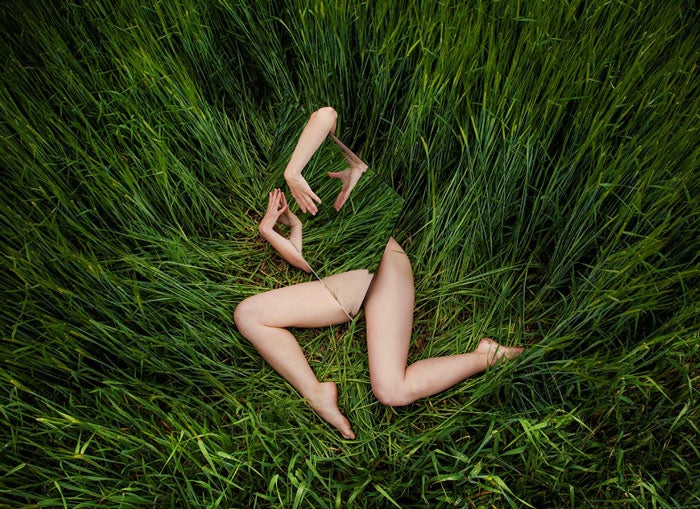
Kovet.Art: Incubating artists, VR galleries and blockchain-backed authenticity
Kovet.Art offers a year-long structured incubation programme for eight artists over one year then showcases a select number of works from the artists’ bodies of work in curated shows that are always ‘aligned with the zeitgeist’. The debut show is called Delineating Dreams, and aims to inspire and uplift the audience, especially during the current pandemic. It is accessible via a headset-free VR gallery that collectors can browse as they would a real-life show and even get in close and see the brushstrokes.
Purchasing one-off pieces online, especially when they haven’t been seen in person, presents the challenge of authenticity, which Kovet.Art aims to overcome through the use of blockchain.
How well do you really know your competitors?
Access the most comprehensive Company Profiles on the market, powered by GlobalData. Save hours of research. Gain competitive edge.

Thank you!
Your download email will arrive shortly
Not ready to buy yet? Download a free sample
We are confident about the unique quality of our Company Profiles. However, we want you to make the most beneficial decision for your business, so we offer a free sample that you can download by submitting the below form
By GlobalData“The problem right now is that we have a market rife with fraudulent art, but also artworks not assigned correctly to the artists,” says Rachupalli. “There’s a report out by the Fine Arts Expert Institute in Geneva that states that over 50% of the artworks it has examined are either forged or not attributed correctly.
“The concept of trust is becoming incredibly important, especially when you’re buying art online. The Hiscox Online Art Trade Report 2019 looked at the concept of trust itself and what that means, and 64% of online platforms said the biggest challenge is that of increasing trust and the notion of what trust is and therefore we’re looking at authentication. Attribution condition reporting and pricing becomes central to that and how we can jump in, is to create a certificate of authenticity and prominence documents.”
The physical and PDF documents that currently attribute value to the artwork are easily forged. The only way to authenticate secondary art sale is to go to a trusted gallery or an auction house and have an expert examine it, which is expensive and prone to human error.
“We’re jumping in to create the art market of future as well where you can start tagging artworks right out of art studios,” says Rachupalli. “We’re looking at emerging artists and right out of the artists’ studios and we are able to get these important documents that prove provenance and tag them.”
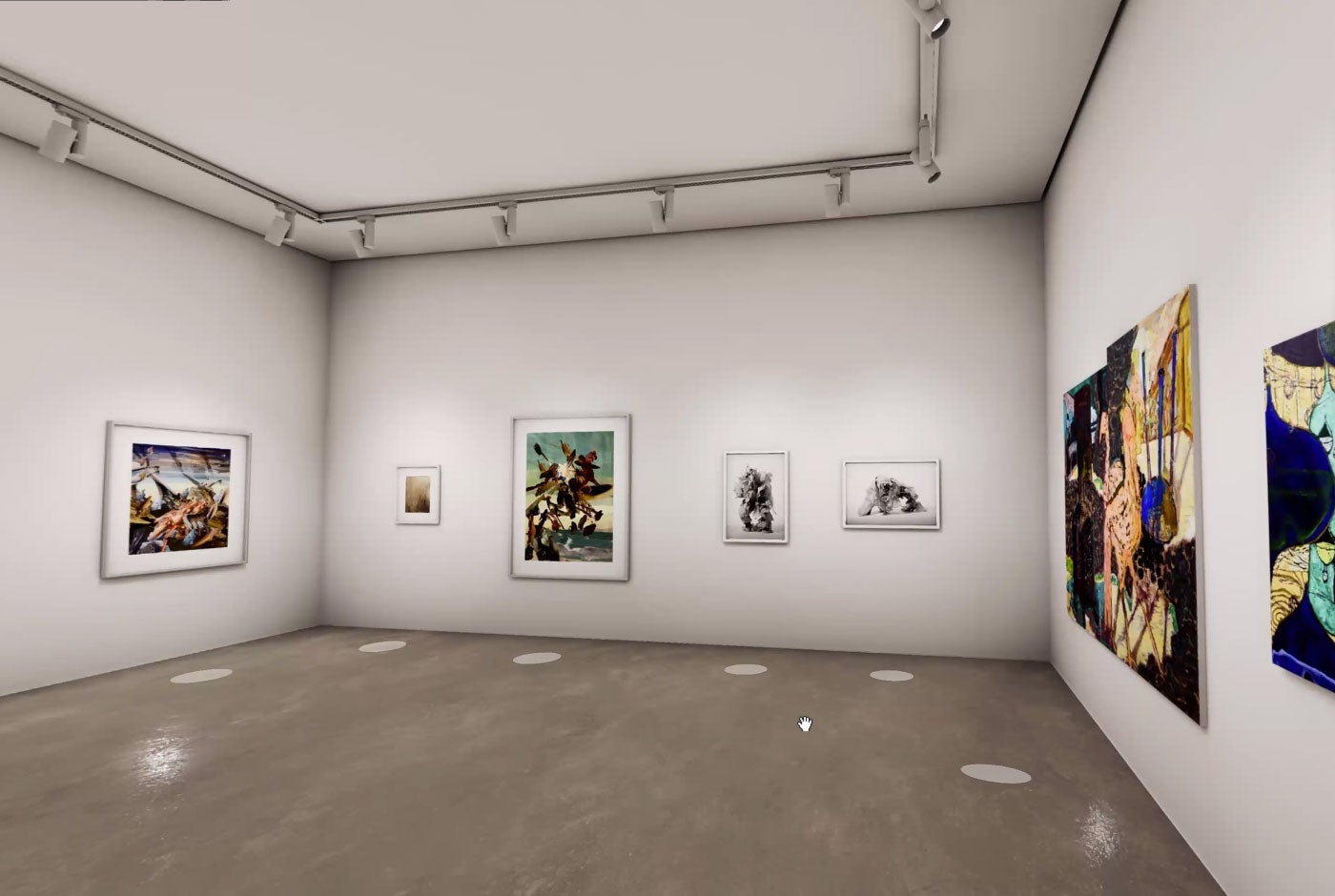
Art, meet technology
Kovet.Art’s innovative use of technology saw it recognised as One To Watch on the Createch stage at this week’s CogX Festival of AI and Emerging Tech, which coincided with its launch.
Charlie Muir, founder and CEO of CogX parent company CognitionX, says: “Art and technology have had an interesting dance together. Digital is huge, but it’s also very challenging because of the idea that people can easily create a high-definition photorealistic image at home. How do you protect your works of art in an environment like that?
“When I first saw Kovet.Art, I thought they were just launching a kind of VR gallery. But it’s far beyond that; the fact that you can get in close and almost see the textures, and the way it’s laid out like a proper exhibition, rather than just moving one to the other. You can interact and find out more about the artists as you would in a proper gallery; I think it’s far more accessible and it’s taking it to the next level.
“It’s not going to replace [the gallery experience], but you have to bear in mind that art galleries are very much a bubble for a certain population that’s in travelling distance of some things. So you could stay in London for a month and visit a gallery a day and still not have seen them all. But if you’re in the Highlands of Scotland, you’re not so spoiled.
“During the outbreak, museums have bought stuff online and now genie’s out of the bottle, it’s not going to go back in, they’re going to continue showing stuff. And they’re going to find a way not to destroy a new audience, but to monetise it in different ways as well, in a way that’s beneficial, both for them and the people who are interacting with it.”
Rachupalli adds that while the art world is perceived to be lagging behind in using technology, artists are always looking at new media so over time technology is driven by artistry, which in combination can help democratise creativity.
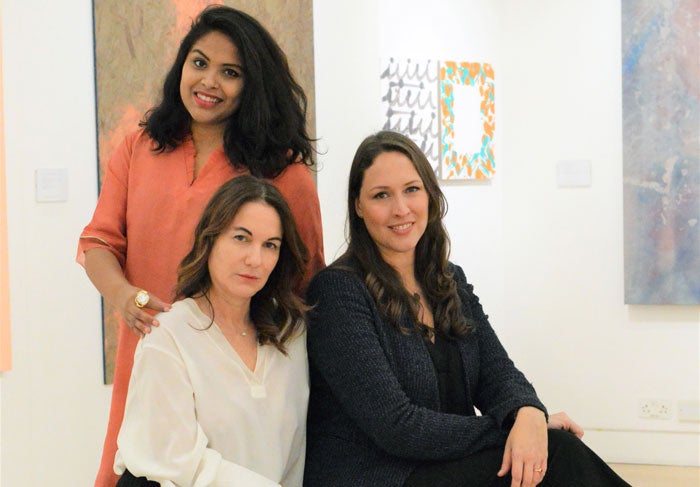
Creating an online community for artists, collectors and the curious
The final piece of the jigsaw is Kovet.Art’s KLUB, which provides a sense of community for artists, art collectors and the ‘art curious’, especially during lockdown. It held its inaugural talk via Zoom yesterday with the theme What now? The Gallery Model of the Future. Panellists included curator and broadcaster Kathleen Soriano, AWITA co-founder Sigrid Kirk, Kovet.Art chief art officer Camilla Grimaldi and Saras, and it was moderated by The Art Newspaper associate digital editor Aimee Dawson. It had previously trialled a talk within the VR gallery.
“It’s great to have that to showcase to clients and have them experience this almost like they were there,” says Rachupalli. “Initially we were going to do a pop-up show for a few days then move the show online, but obviously, with Covid-19, we moved very quickly to create a VR experience.
“The idea is to have talks for collectors on how to create a collection, but also on topics like democratising creativity with our influencer, artists and university professors. For artists, we will have classes around the art market and how to create and sustain your market. Artists are curious people and they will use anything around them and are intrigued by new things coming up.”
Rachupalli says that technology driving art is leaving some artists feeling alienated and causing inequality, something Kovet.Art aims to overthrow.
“Art is not always very democratic, so the introduction has not been very easy,” she says. “I am a tech geek; I studied electronics engineering and coding and worked in business and finance. My grandfather and my mom were artists and I grew up in a family of artists. My passion is combining technology, art and business and I’m incredibly grateful that I’m able to do this.
“I’d love for anyone interested in acquiring collectable artwork from rising talent to come and get them before they are snapped up by Blue Chip galleries, and be assured that your artworks will be backed by secure and strong technology so you will have the potential to sell them on at some point if needed.”
Read more: Coronavirus case studies: Unit London goes beyond virtual art galleries




